Frontcountry
Photographs of life inside a mining boom, from Montana to Texas, that’s producing a new, modern version of the Wild West.

Interview by Rosecrans Baldwin
The Morning News: How did this project start?
Lucas Foglia: When I went to visit a friend in Wyoming in 2009. I expected to find cowboys, ghost towns, and wilderness. What I encountered was a mining boom. Continue reading ↓
Lucas Foglia has a new book, Frontcountry from Nazraeli Press. “Frontcountry” is on view at Fredericks & Freiser, New York, through April 19, 2014. All images used with permission, copyright © the artist, all rights reserved.
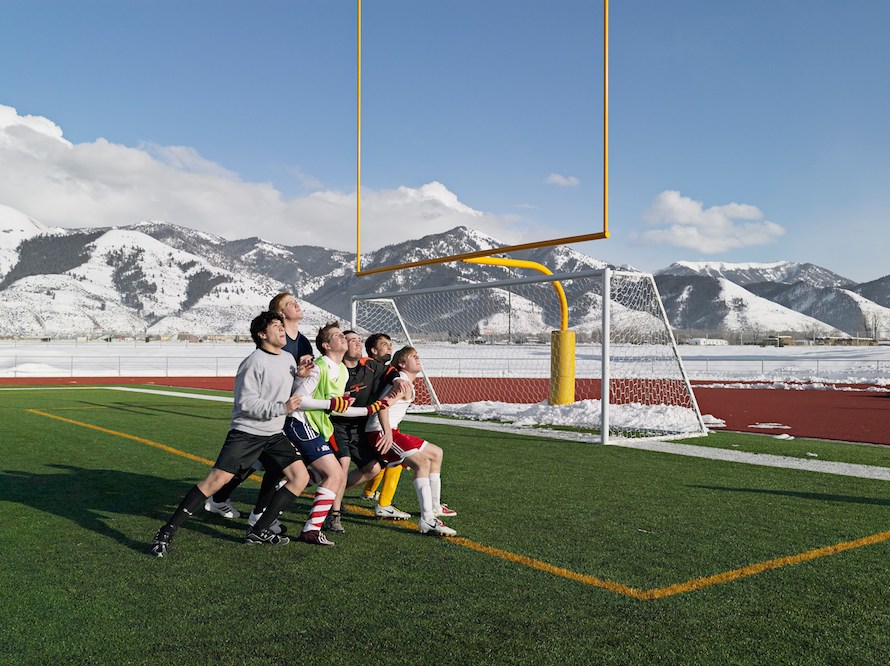
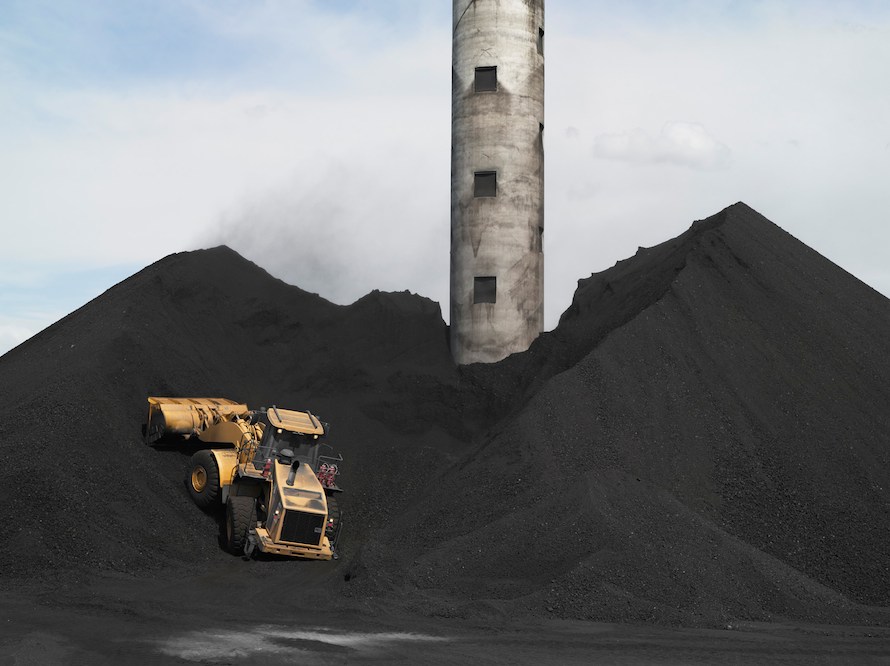
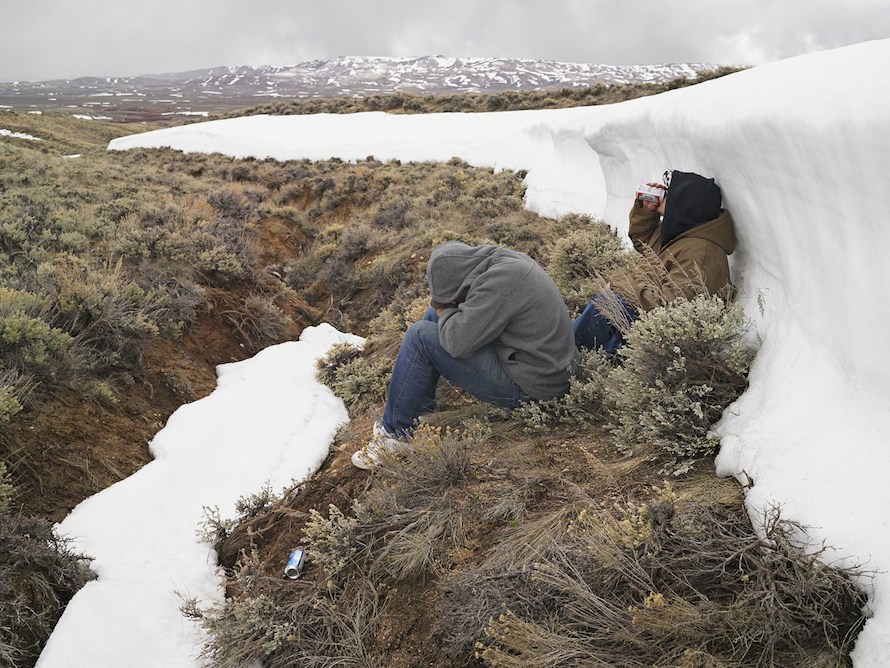
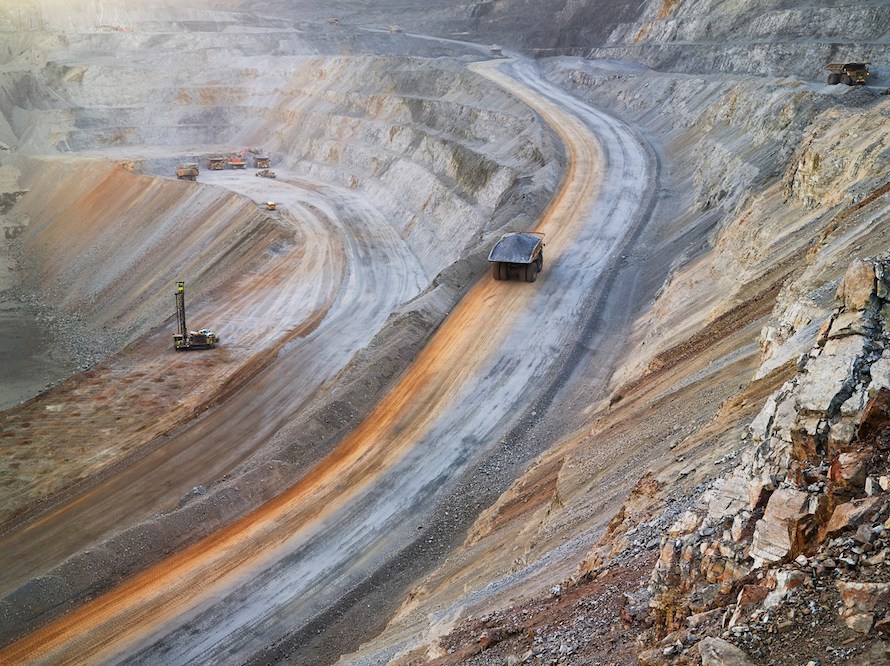
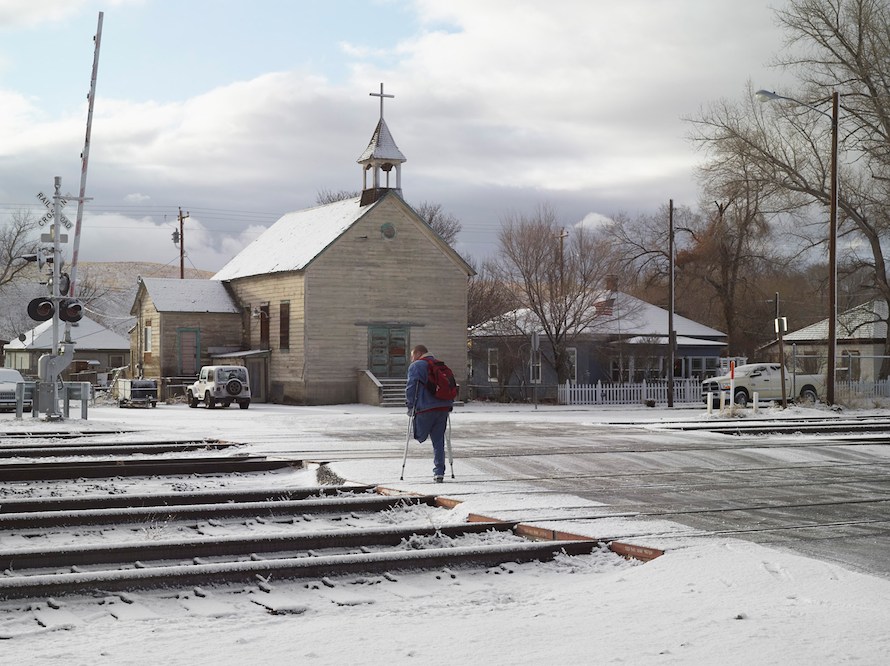
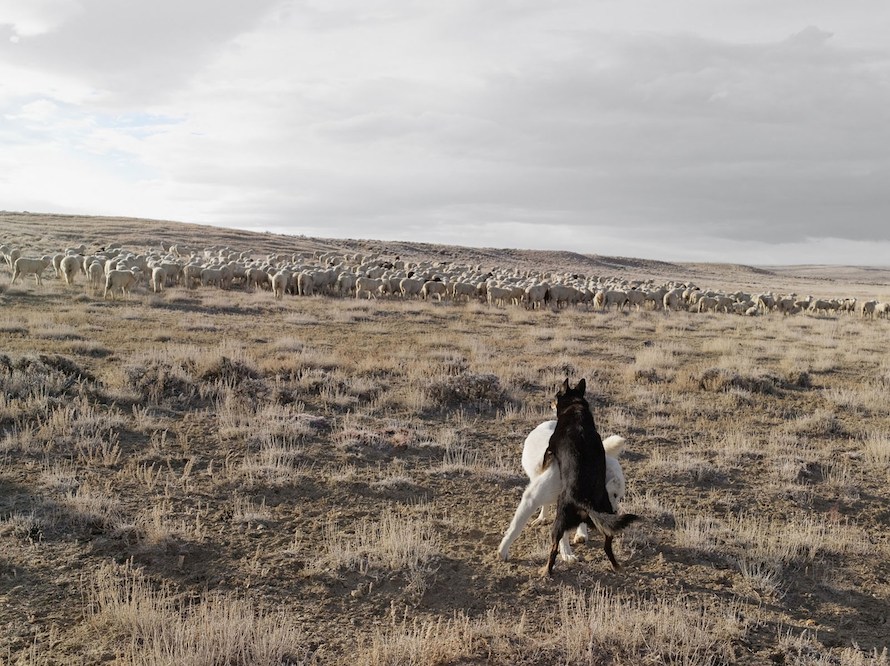
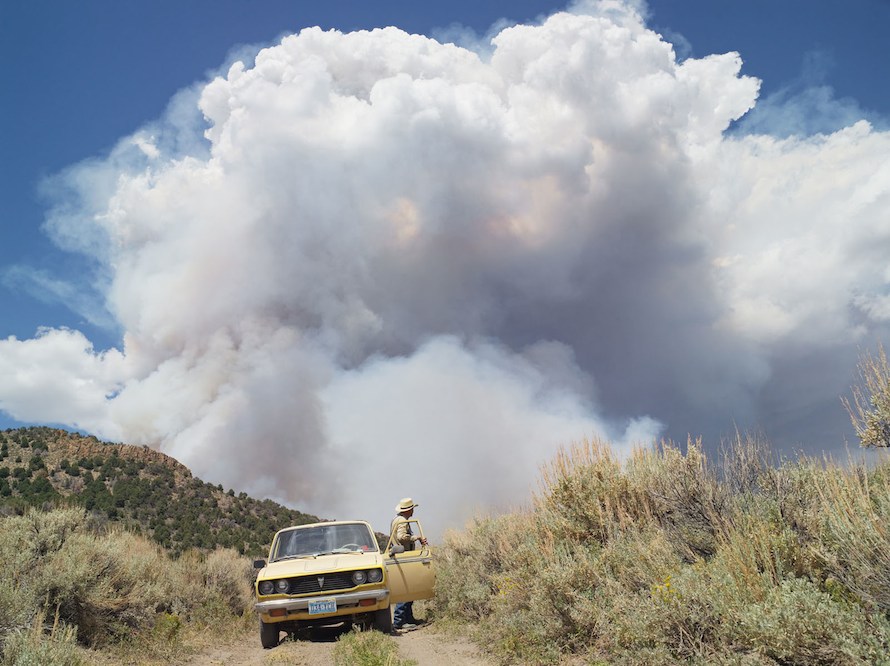
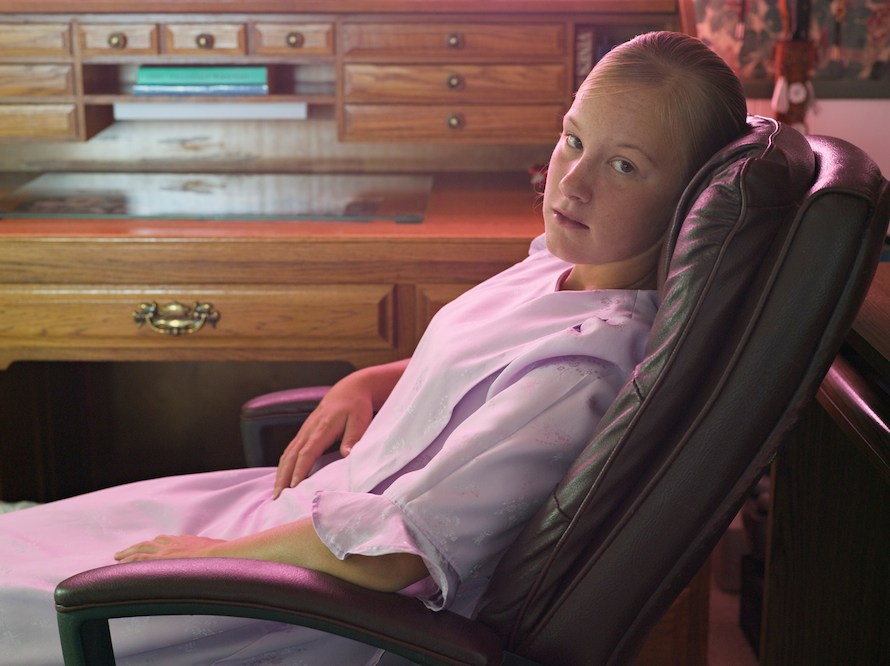
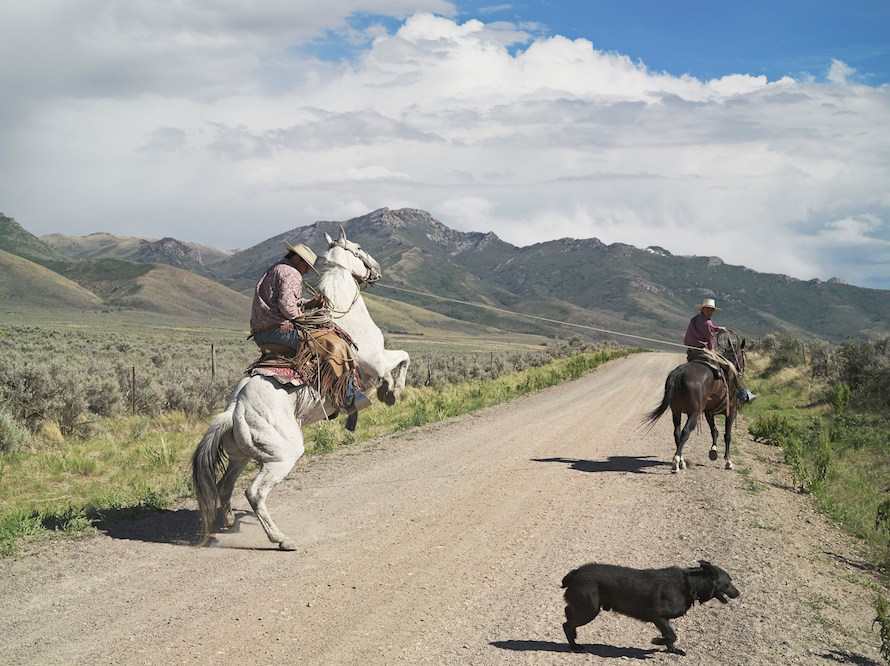
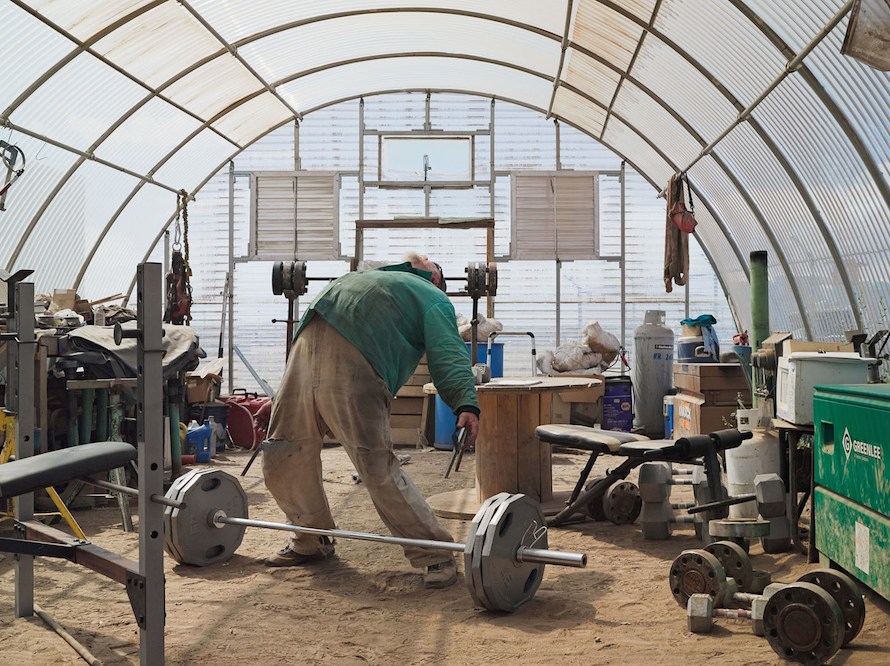
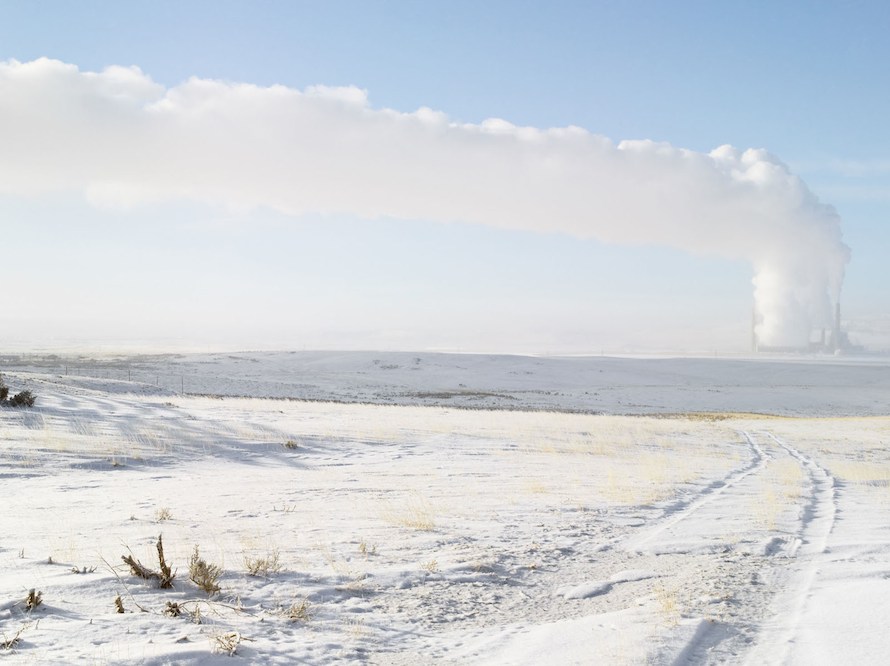
Interview continued
TMN: What size towns did you visit?
LF: The smallest town I visited had three people living there. Sweetwater Station, Wyo. It does have a great bookstore, which is housed in a barn.
Ranching requires a lot of land, with a small number of people needed to move cattle across it. There are still more cows then people in rural Nevada. The mining towns I visited were larger, since mining concentrates jobs and since companies help pay for the towns where the mine workers live.
TMN: How do you build trust with subjects?
LF: I met almost everyone I photographed through friends of friends. It’s easy to feel like a stranger when visiting a small town, but once you get to know one person you can meet the whole town.
TMN: Is continuity a challenge when you’re developing a project over such a long period?
LF: A rancher told me that for the first day I was a guest and after that I was free labor. It’s from those situations—from staying in a place, working on project for a long time—that I make photographs. That feels natural to me.
TMN: What’s your ratio of tossed photos to keepers?
LF: I made over 60,000 photographs. We chose 60 for the book that was just published by Nazraeli Press. And there are 21 prints in my exhibition at Fredericks & Freiser Gallery in New York.
TMN: How much in your photography are you recording, how much are you creating?
LF: I think of my photographs as interpretations. As much as my photographs question the mythology of the American West, I do think that a wild landscape is an important thing to keep.
TMN: Is that wild landscape disappearing?
LF: There are still millions of acres of high desert, mountains, and sagebrush in the areas I photographed, although with new technologies land that wasn’t valuable a decade ago is now being mined.
TMN: At what point in the process are you most excited? Most discouraged?
LF: It is the feeling of being completely in the activity of a place that I love most. I’m most discouraged when I feel like a stranger.
TMN: Then how do you get the process going when you land somewhere new, where you don’t know people? Is it easy for you to throw yourself into situations?
LF: Like I said, I was introduced to most of the people I photographed through friends. When I didn’t know anyone, I just introduced myself, offered to help out, and stayed for as long as I was welcome.
TMN: Do you nap?
LF: Sometimes! I have a van with a bed built into the back, and when I’m tired on the road and the weather is nice I pull off, open the doors, and fall asleep.
